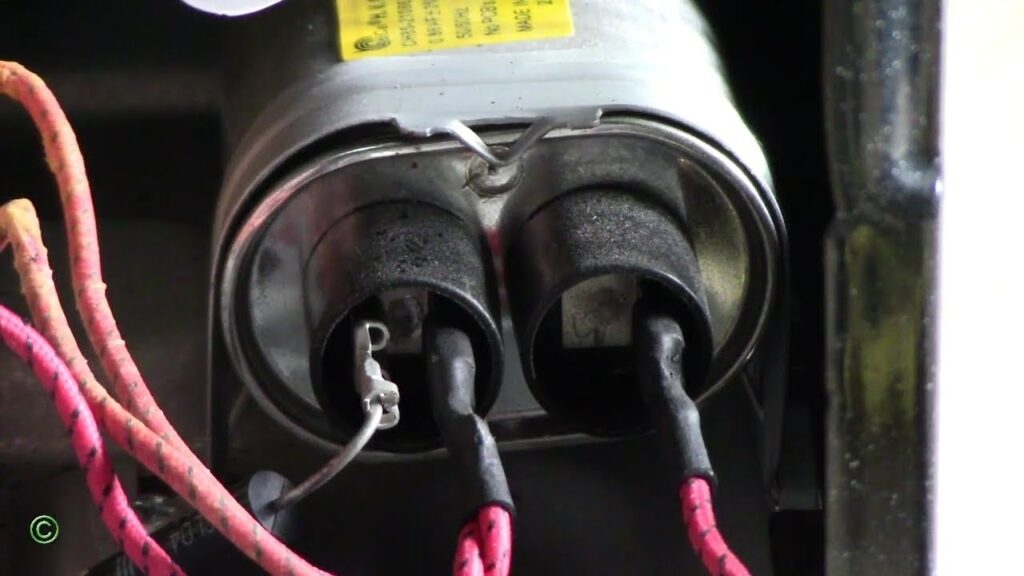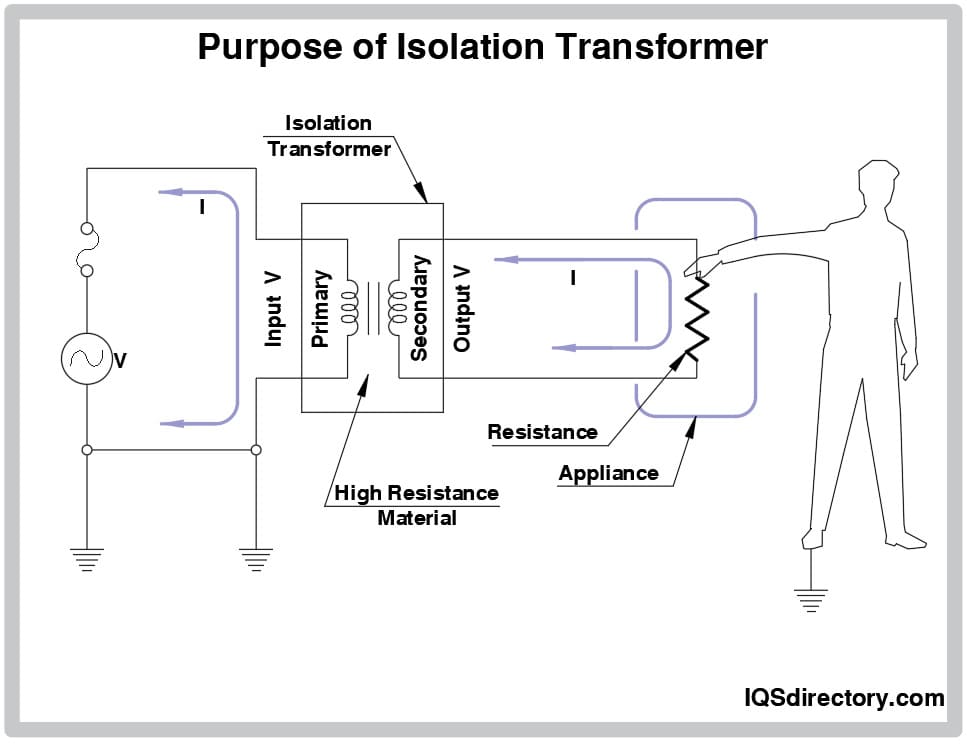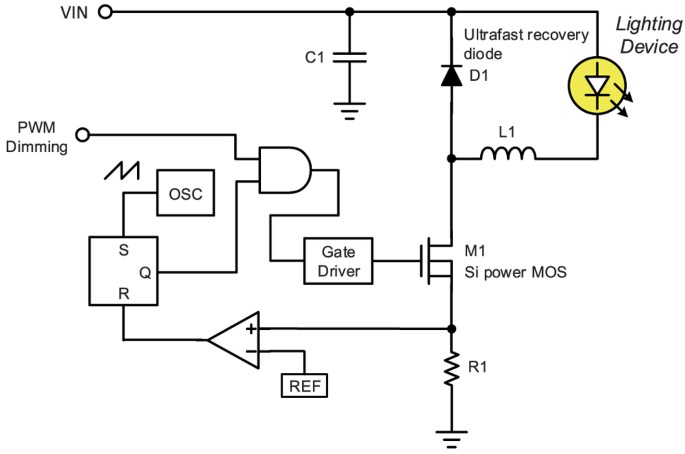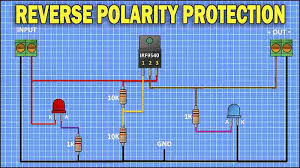How to Safely Discharge High-Voltage Capacitors
Working with high-voltage capacitors can be dangerous if proper precautions are not taken. Capacitors store electrical energy and can hold a charge even after they have been disconnected from a power source. Discharging a capacitor safely is crucial to prevent electric shock and other hazards. In this article, we will discuss how to safely discharge high-voltage capacitors.
1. Safety First
Before attempting to discharge a high-voltage capacitor, it is important to wear appropriate safety gear, including insulated gloves and safety goggles. Make sure that all power sources are disconnected and that the capacitor is completely discharged before proceeding.
2. Shorting the Terminals
One of the simplest methods to discharge a capacitor is by shorting the terminals with a resistor. To do this, use a screwdriver with an insulated handle to connect the terminals of the capacitor. This will allow the capacitor to discharge safely without causing any damage.
3. Using a Discharge Tool
For high-voltage capacitors, it is recommended to use a discharge tool specifically designed for this purpose. These tools are equipped with a resistor and a switch that allow for a controlled discharge of the capacitor. Follow the manufacturer’s instructions carefully when using a discharge tool.
4. Discharging Through a Load
Another method to safely discharge a capacitor is by connecting it to a load, such as a light bulb or resistor. This will allow the capacitor to discharge gradually through the load, preventing a sudden discharge of energy. Make sure to use a load that can handle the voltage and current of the capacitor.
5. Double-Check the Discharge
After following the above steps to discharge the capacitor, it is important to double-check that the capacitor is completely discharged. Use a multimeter to measure the voltage across the terminals to ensure that there is no residual charge left in the capacitor.
6. Dispose of Capacitors Properly
Once the capacitor has been safely discharged, it is important to dispose of it properly. Capacitors can contain hazardous materials, so it is best to consult with local regulations on how to dispose of them safely. Do not simply throw them in the trash.
Conclusion
Working with high-voltage capacitors requires caution and attention to safety. By following the steps outlined in this article, you can safely discharge high-voltage capacitors and prevent accidents. Remember to always wear proper safety gear and follow the manufacturer’s instructions when working with capacitors. Stay safe!
How to Safely Discharge High-Voltage Capacitors
Working with high-voltage capacitors can be dangerous if proper precautions are not taken. Capacitors store electrical energy and can hold a charge even after they have been disconnected from a power source. Discharging a capacitor safely is crucial to prevent electric shock and other hazards. In this article, we will discuss how to safely discharge high-voltage capacitors.
1. Safety First
Before attempting to discharge a high-voltage capacitor, it is important to wear appropriate safety gear, including insulated gloves and safety goggles. Make sure that all power sources are disconnected and that the capacitor is completely discharged before proceeding.
2. Shorting the Terminals
One of the simplest methods to discharge a capacitor is by shorting the terminals with a resistor. To do this, use a screwdriver with an insulated handle to connect the terminals of the capacitor. This will allow the capacitor to discharge safely without causing any damage.
3. Using a Discharge Tool
For high-voltage capacitors, it is recommended to use a discharge tool specifically designed for this purpose. These tools are equipped with a resistor and a switch that allow for a controlled discharge of the capacitor. Follow the manufacturer’s instructions carefully when using a discharge tool.
4. Discharging Through a Load
Another method to safely discharge a capacitor is by connecting it to a load, such as a light bulb or resistor. This will allow the capacitor to discharge gradually through the load, preventing a sudden discharge of energy. Make sure to use a load that can handle the voltage and current of the capacitor.
5. Double-Check the Discharge
After following the above steps to discharge the capacitor, it is important to double-check that the capacitor is completely discharged. Use a multimeter to measure the voltage across the terminals to ensure that there is no residual charge left in the capacitor.
6. Dispose of Capacitors Properly
Once the capacitor has been safely discharged, it is important to dispose of it properly. Capacitors can contain hazardous materials, so it is best to consult with local regulations on how to dispose of them safely. Do not simply throw them in the trash.
Conclusion
Working with high-voltage capacitors requires caution and attention to safety. By following the steps outlined in this article, you can safely discharge high-voltage capacitors and prevent accidents. Remember to always wear proper safety gear and follow the manufacturer’s instructions when working with capacitors. Stay safe!



